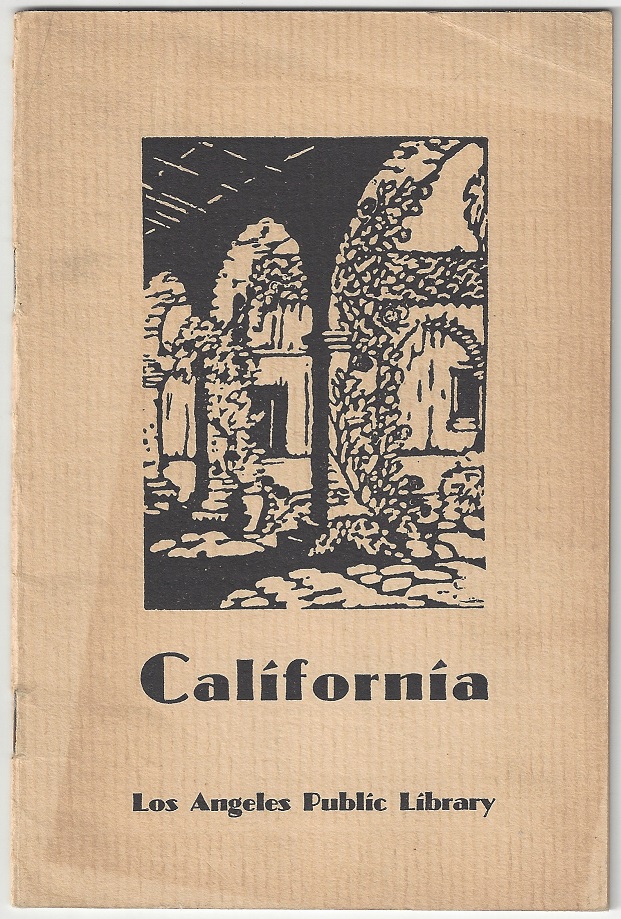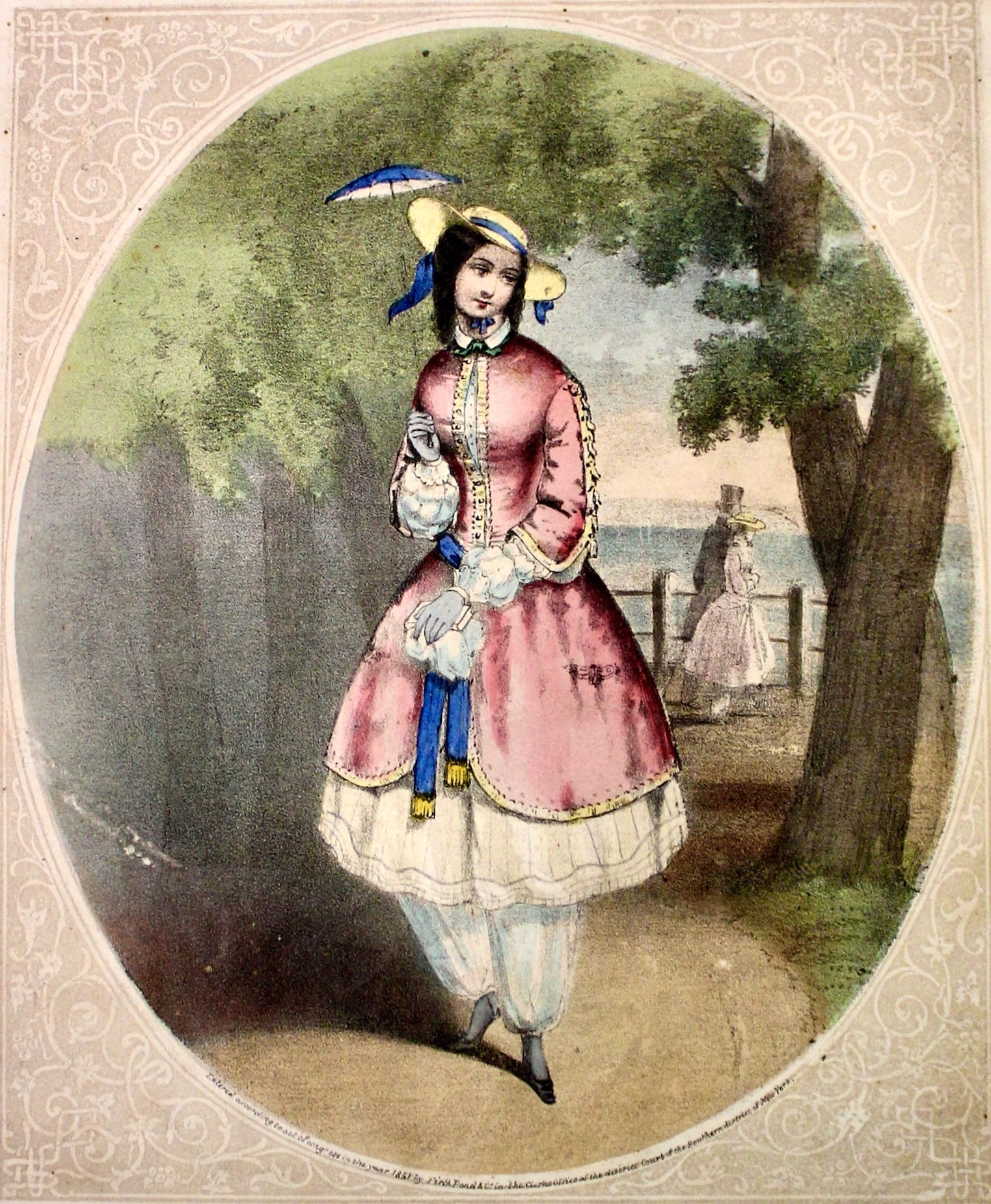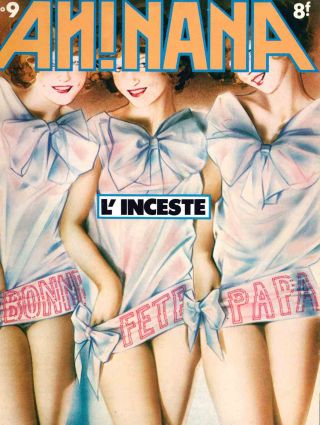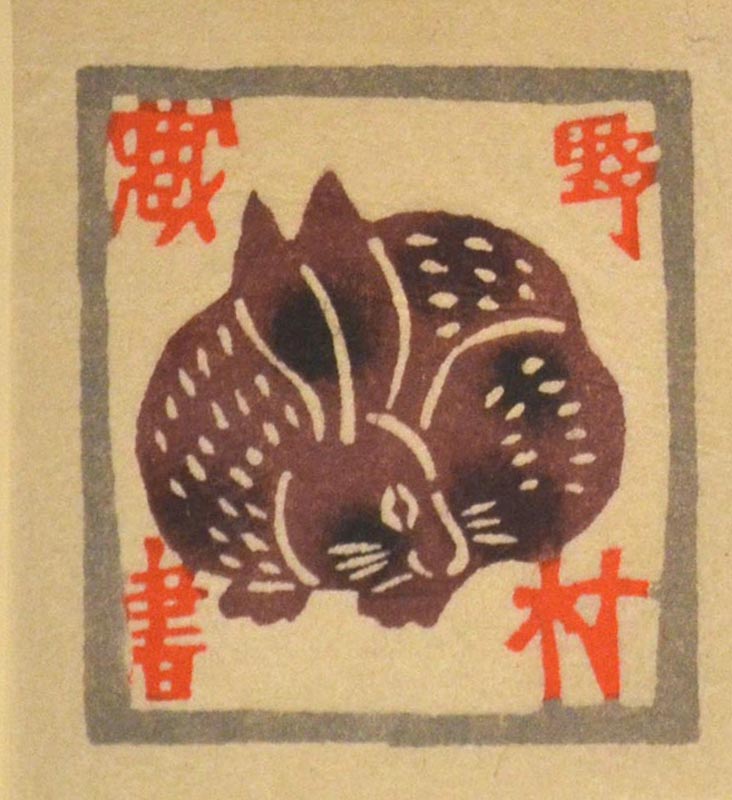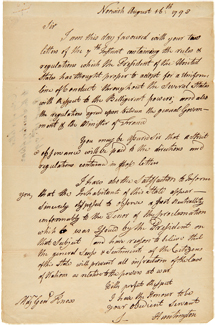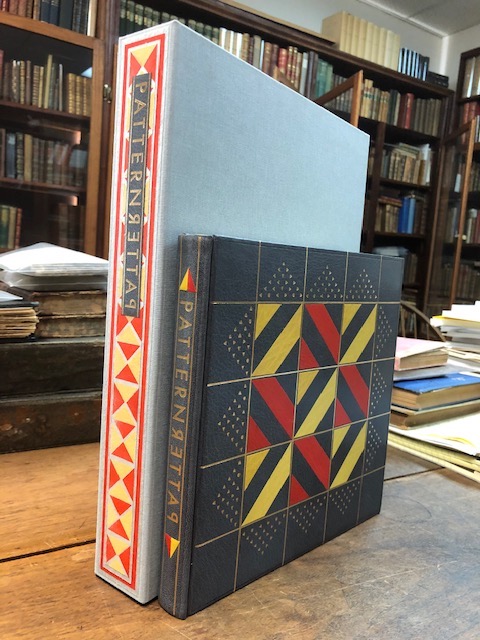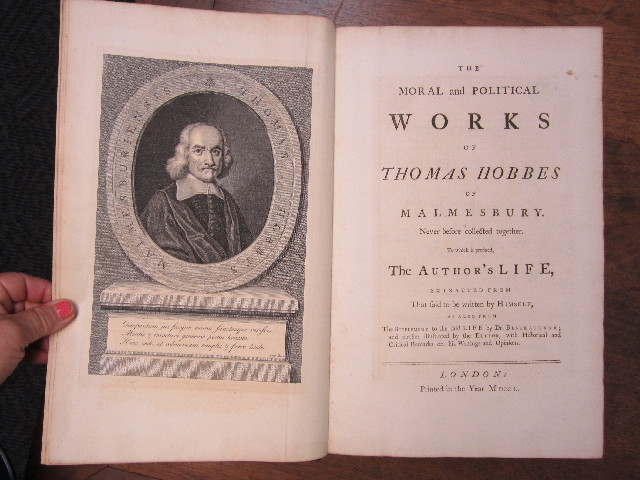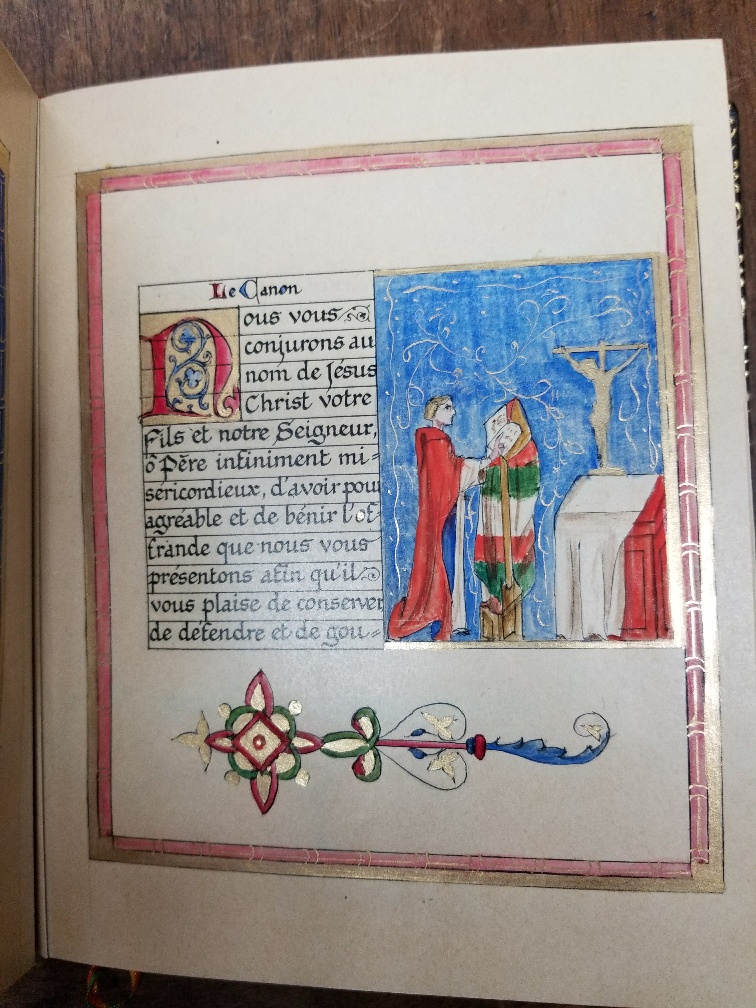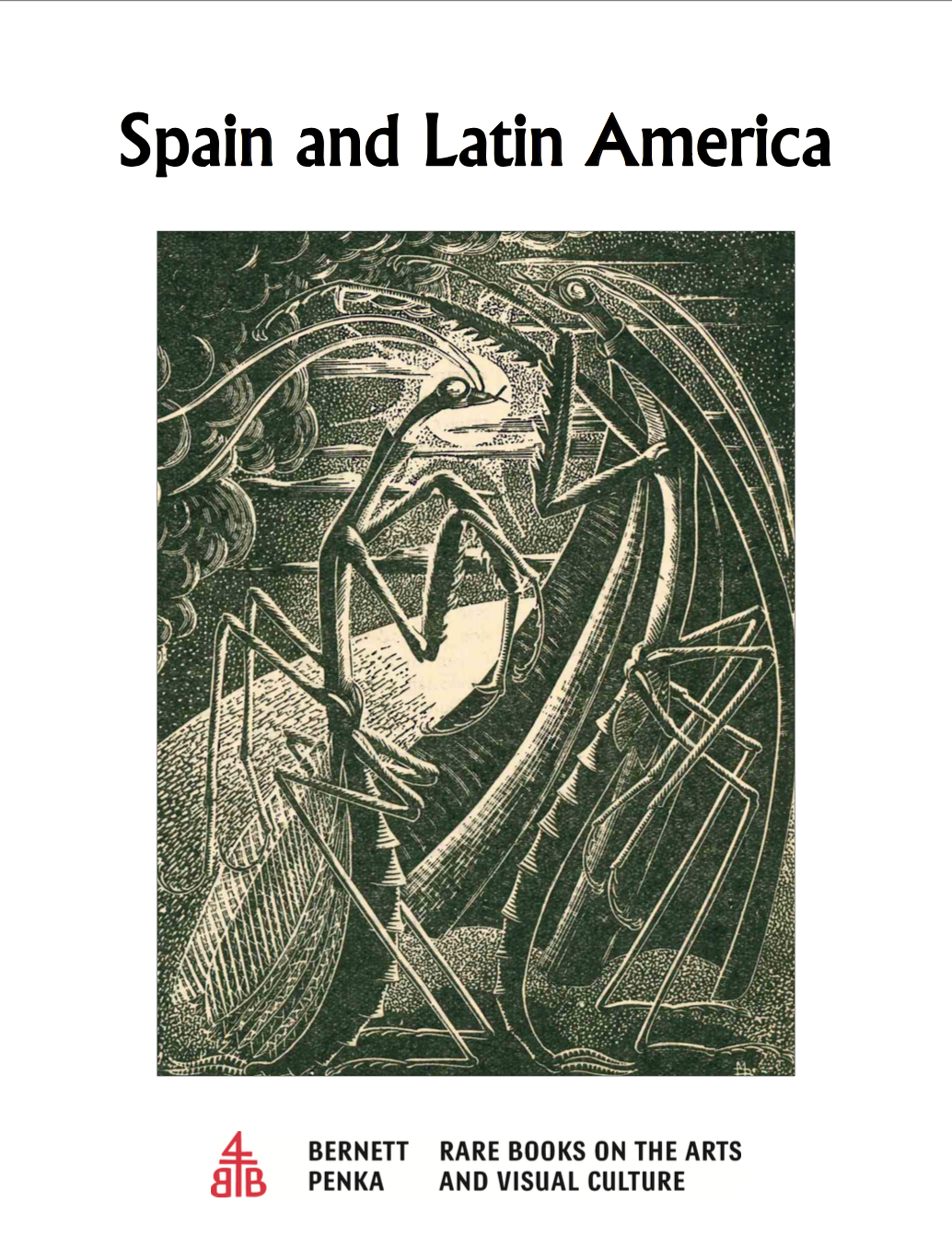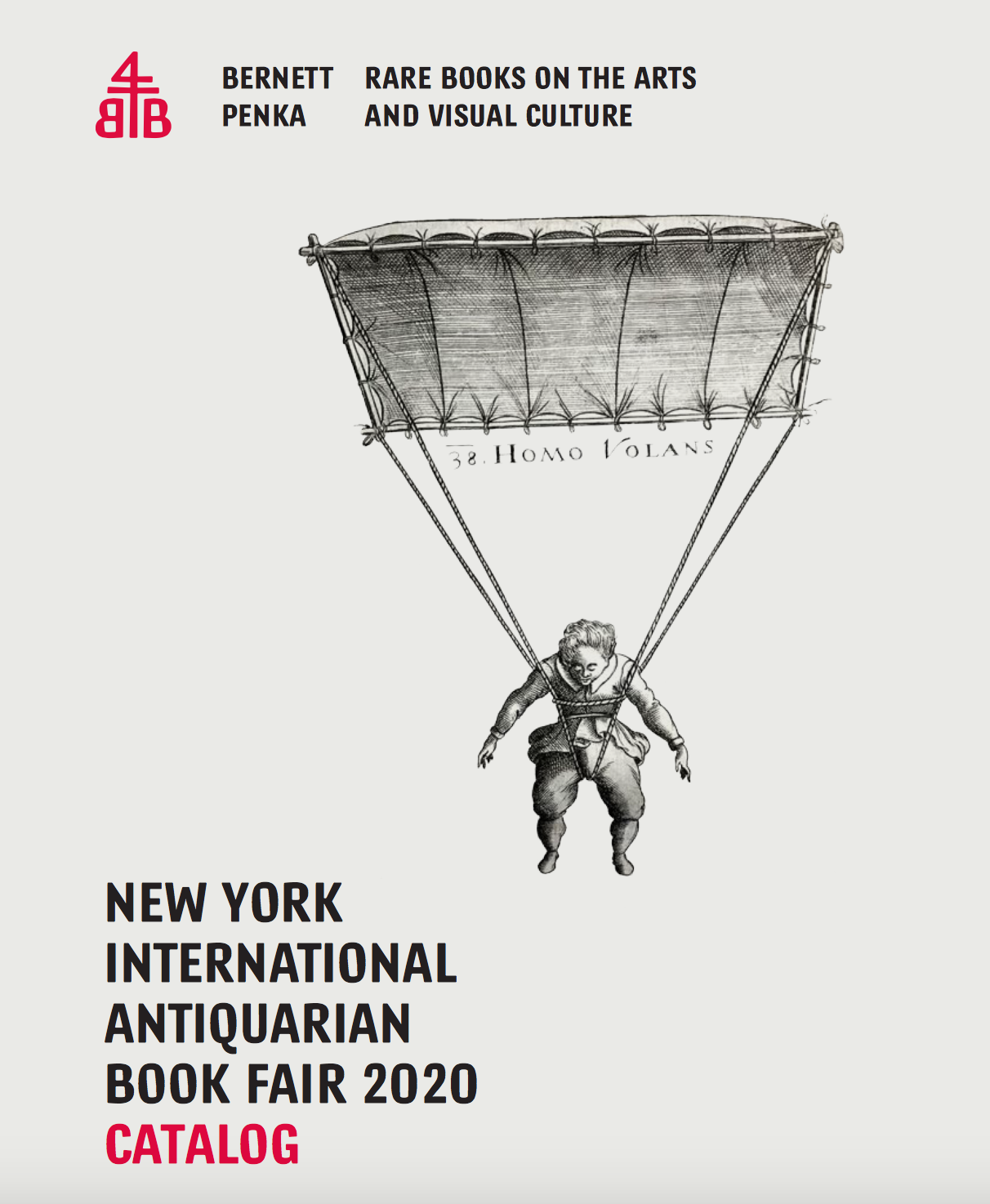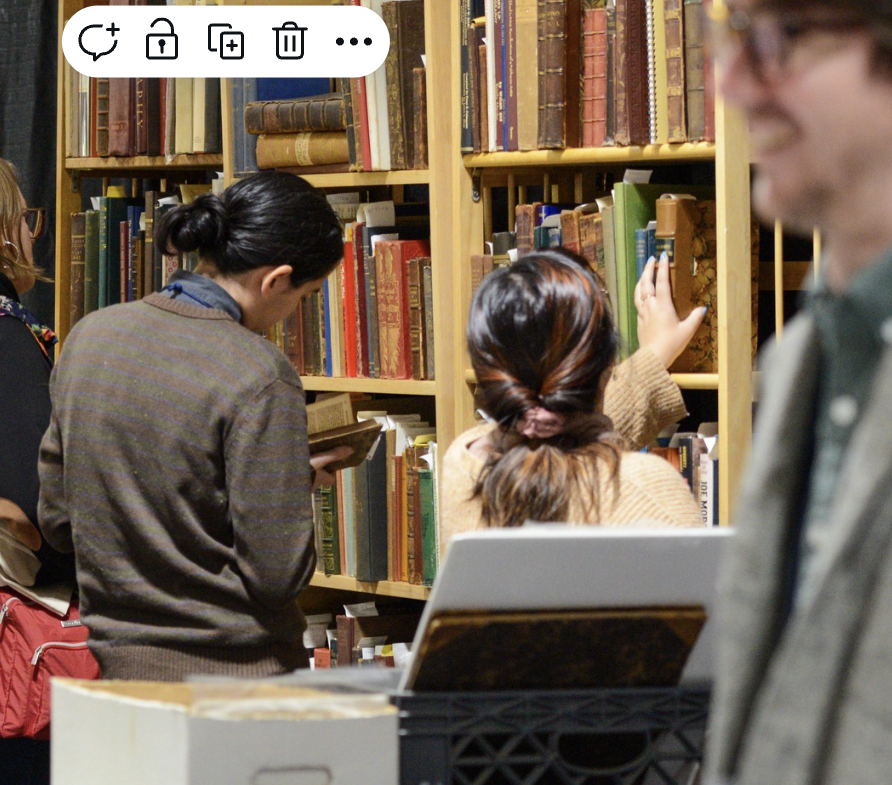
Member Catalogues
TOPICS: Biology – Botany – Drugs – Eugenics – Evolution – Family Medicine – Genetics – Heredity – Hydrotherapy – HYPNOTISM – Literature – Medical Biography – Medical History – Mental Retardation – Military Medicine – Netherlands – Isaac NEWTON – Occult – Paleontology – Paleontology – Paranormal – Pregnancy – Psychic Phenomena – Psychokinesis – Psychology – Psychotherapy – Science Biography – Spiritualism – Tobacco – Tuberculosis
Fifty Books and Ephemera Items by and about Women, 1655 - 1940
34 items on African islands, with full-color illustrations
A collection of ephemera from the Left Bank Jazz Society.
Twenty items on gender, sexuality, LGBTQ, and women's rights.
Katazome, the use of a stencil as part of a process of paper and cloth dyeing, traces its roots, as do so many arts and crafts in East Asia, to the "Middle Kingdom" - China. Here, we are concerned with its appearance and employment in Japan. Early on, during the Nara period (late 8th century), the stencils themselves appear to have been carved from wood. Examples remain at Hōryūji Temple, etc. But, eventually, paper became the preferred tool for stencilling. The use of stencils and takuhon rubbings may well be older than the employment of carved wood block hangi to create prints, books and reproductions. Indeed, much later, the earliest color-printed works in both China and Japan in the 17th and 18th century often were colored mostly using stencilling techniques. So, it is delightful to find wonderful examples of brightly colored, mingei folk art-inspired, katazome stencil-printed books still being created in the recent past in Japan. Often inspired by folk stencilling like the remarkable bingata patterning of Okinawa, they created a new aesthetic world in the latter half of the 20th century. Such artists and scholars of dyeing techniques as Gotō, Serizawa, Kamakura, Okamura, Kanzaki and others employed katazome to produce wonderful prints and artist's books, which were issued by such publishers as Gohachi Shobō in Tōkyō. Artists famous in other media, like Sekino Junichirō, also experimented with katazome and produced masterpieces of the genre. We are presenting here a small list of works, mostly done in that post-War period, which include some of the most significant productions in the medium. You might also note that we have virtually the entire "toolset" of hand-cut katagami paper, many thousands of them, from the remains of a Kyōto dyeing house. It makes a fascinating and illustrative record of technique and product from the world of traditional Japanese design and textile dyeing. Please enjoy the descriptions below, and don't forget to click on the thumbnail images to see selections from the works. There are treasures within!
38 items on Rome, Roman law, and the Vatican, with full-color illustrations
26 items, fully illustrated. Orders and inquiries should be directed to amorder@reeseco.com.
Early books, fine printing, women's studies, children's books, illustrated books, science, etcc.
Forty Books from Our Stock--Aristotle, Epictetus, Hobbes, Kant, Locke, Mill, Whitehead, Russell, Sextus Empiricus, etc.
Grolier2022
Showcasing recently acquired books and periodicals from Spain and Latin America
Our catalog of Russian and Slavic items for the 2020 New York Antiquarian Book Fair
Our general stock catalog for the 2020 New York Antiquarian Book Fair




